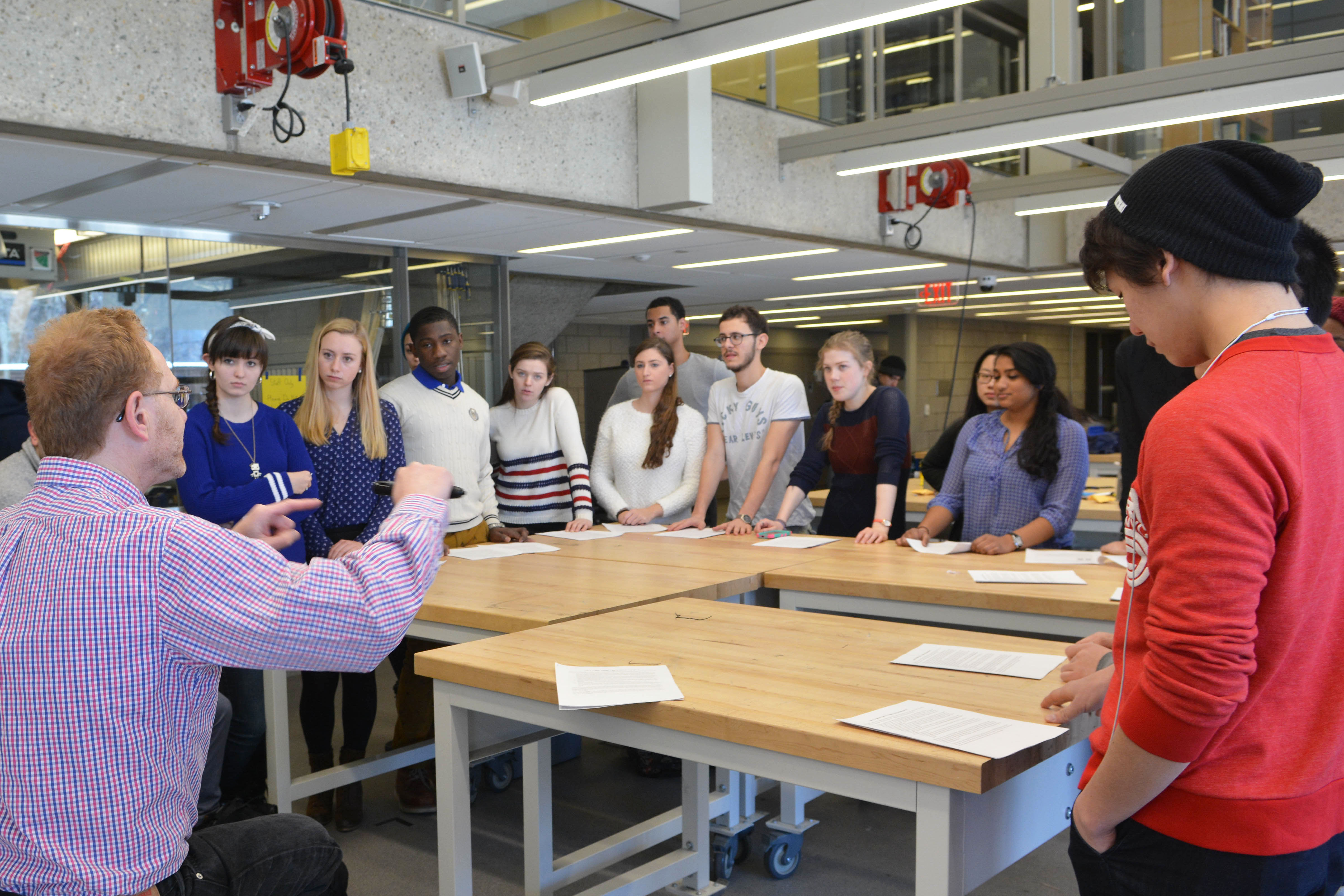Ambrose, S., Bridges, M., Lovett, M., DiPietro, M., & Norman, M (2010). How Learning Works: 7 Research – Based Principles for Smart Teaching. San Francisco: Jossey-Bass.
Barr, R. & Tagg, J. (1995). From Teaching to Learning – A New Paradigm for Undergraduate Education. Change, 27.6: 12-26.
Biological Sciences Curriculum Study. (2001). The BSCS Story: A History of the Biological Sciences Curriculum Study edited by Laura Engleman, Colorado Springs: BSCS, 2001.
Fink, L. Dee. (2013). Creating Significant Learning Experiences: An Integrated Approach to Designing College Courses. eBook: Jossey-Bass Higher and Adult Education Series.
Krathwhol DR. (2002). A Revision of Bloom’s Taxonomy: An Overview. Theory Into Practice 41(4): 212- 218.
Meyer, A., Rose, D., & Gordon, D. (2014). Universal Design for Learning: Theory and Practice. Wakefield, MA: CAST Professional Publishing.
National Research Council. (2000). How People Learn: Brain, Mind, Experience, and School: Expanded Edition. Washington, DC: The National Academies Press.
Smith, A. (1996). Introduction – What is Accelerated Learning? Accelerated Learning in the Classroom. New York: Bloomsbury, 1-12.
—. (1996). Accelerated learning in the classroom. School effectiveness series. Stafford; Williston, VT: Network Educational Press.
Wiggins GP, McTighe J. (2005). Understanding by Design. Moorabbin, Vic: Hawker Brownlow Education.
